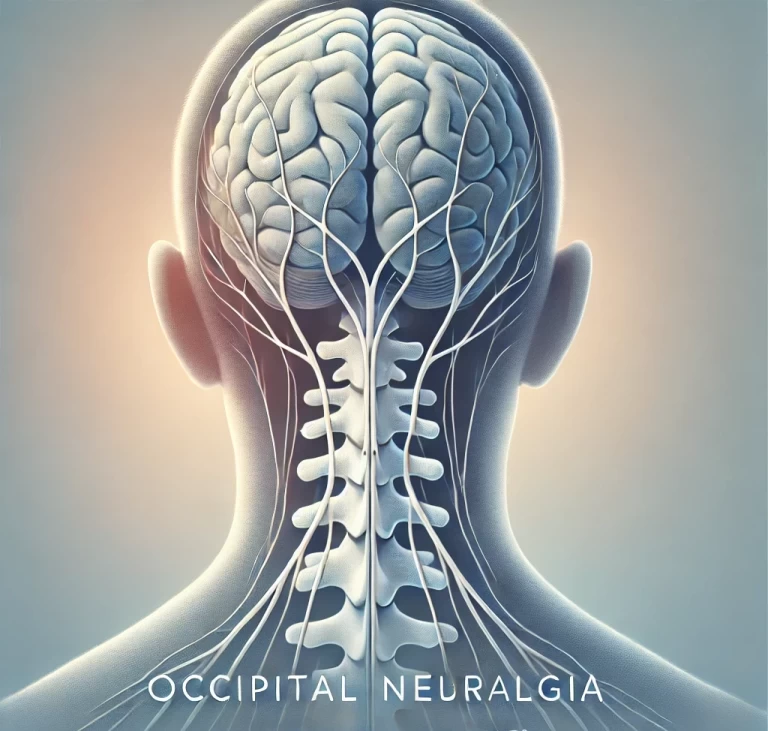
As the name suggests, silent migraines are often hard to diagnose. Some people are even unaware that they have this condition. Knowing that we rounded up seven shocking facts about silent migraine for you to read up on. Additionally, we also tackled a potentially life-changing option for natural relief: consulting an upper cervical chiropractor in Hiawatha.
7 Shocking facts about silent migraines
By downloading the Digital Patient Chart mobile app you can better control your patient portal.
1. Migraines don't always accompany a headache
Migraines are more than just a bad headache. This is a neurological condition. For example, a person may experience a visual migraine or a migraine that begins with aura but doesn't lead to a tea headache.
2. Migraines occur in up to 4 phases
The four phases of migraines:
- Prodrome — Warning phase
- Aura — Visual symptoms
- Pain — Headache phase
- Postdrome - After effects
3. Silent migraine symptoms can still be debilitating
One of the most common symptoms is aura. Other effects include hearing problems, tinnitus, speech problems, vertigo, dizziness, numbness, and tingling may also be present.
4. The cause may be related to blood flow to the brain
Research points to a lack of blood reaching the cerebral cortex. Many classify migraines as neurovascular — resulting from a combination of changes in both the nervous & vascular systems.
5. Some treatments involve off-label medication use
Off-label use refers to a medication being prescribed for something other than what it was used for in clinical trials. There are cases that some patients have fewer migraines on anti-seizure medications.
6. They have similar triggers as migraines with pain
Learning your migraine triggers can help you to avoid some of the circumstances that lead to migraines, but others are unavoidable.
7. Natural relief for migraines is available!
Remember that migraines, especially silent migraines or migraine with aura, seem to be related to blood flow to the brain. Well, proper blood flow to the brain is facilitated by the cervical spine.
History of head or neck injuries
It is no wonder that many migraine patients have a head or neck trauma somewhere in their patient history. If that sounds like you then you are probably a good candidate for upper cervical chiropractic care. This subspeciality of chiropractic focuses on the top two bones of the neck where the brainstem meets the spinal cord. These bones can affect both the nervous and vascular systems of the body when not in proper alignment. As a result, it just makes sense to get checked if you are experiencing migraines.








Leave a comment